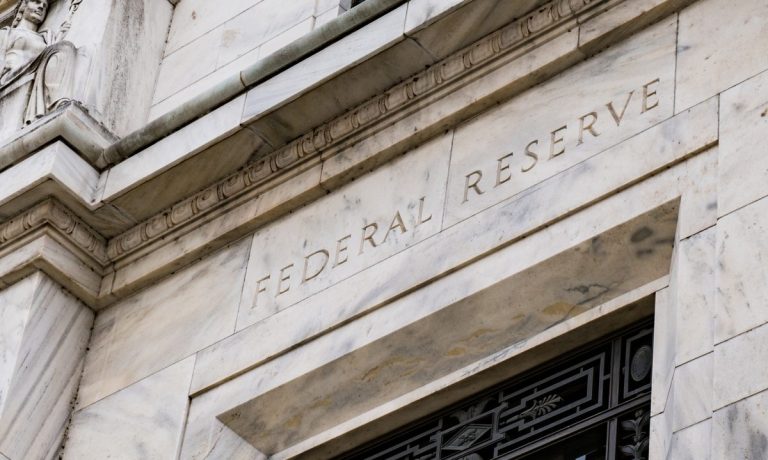
A group of large banks is preparing to test a shared digital asset settlement platform.
According to the announcement, the study is set to take place over the next 12 weeks and will test the working realities of running an interoperable network for central bank and commercial digital money on a shared ledger.
“[This] pilot has the potential to be a watershed moment in the use of distributed ledger technology (DLT) within the regulated banking industry,” Jon Prendergast, the head of U.S. Payments Strategy at TD Bank, told PYMNTS.
Eight other large financials, including BNY Mellon, Citi, HSBC, Mastercard, PNC Bank, Truist, U.S. Bank and Wells Fargo will all be joining TD Bank in the pilot, the statement said.
In addition, the global financial messaging service provider Swift is supporting interoperability across the initial financial ecosystem, while Sullivan and Cromwell will provide legal services and Deloitte will offer advisory support. The digital tokenization provider SETL is operating the technology sandbox, or isolated testing environment, set up by the consortium.
The Federal Reserve’s New York Innovation Center (NYIC) is also participating in the project, helping to play the settlement role the greater Fed might one day provide in the real world.
Implications of the Experiment
The test of broader feasibility of DLT and regulated liability networks is aimed at improving financial settlements — specifically, digital asset transactions that connect deposits at regulated institutions.
The pilot’s private DLT ledger will be set up in SETL’s sandbox, where it will simulate what a true distributed inter-bank ledger might one day do. The transactions will be done with simulated digital tokens instead of real ones.
If successful, the release said, the concept could potentially be extended to provide for multi-currency operations, as well as regulated stablecoins.
TD Bank’s Prendergast said he sees the experiment as testing three implications in order to understand them across several levels. On its face, the experiment is a tactical test to see how the ledger works best to accommodate wholesale digital value transfers.
The second hurdle, Predergast said, revolves around organization and business.
“What is the commercial structure that makes the most sense? What are the rights and obligations for members on the ledger?” he said, noting that the third area of focus will cover legal and settlement issues.
“Like any good experiment, you don’t want to pre-suppose an outcome,” he said, before expressing hopes to learn how to best operate an industry ledger that gives flexibility to clients, decreases latency and increases certainty and speed — all within the two-tiered, regulated, banking system that exists today.